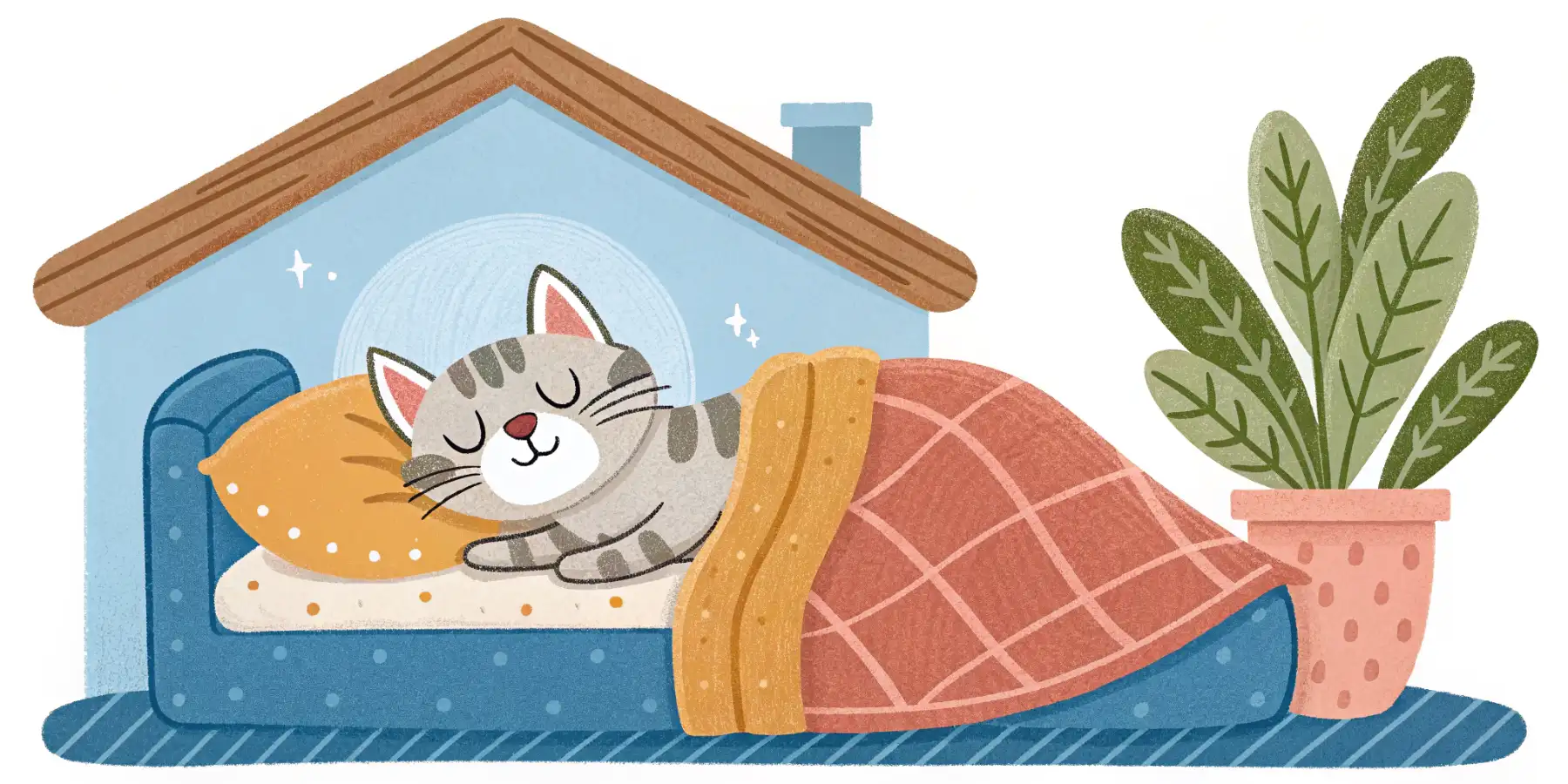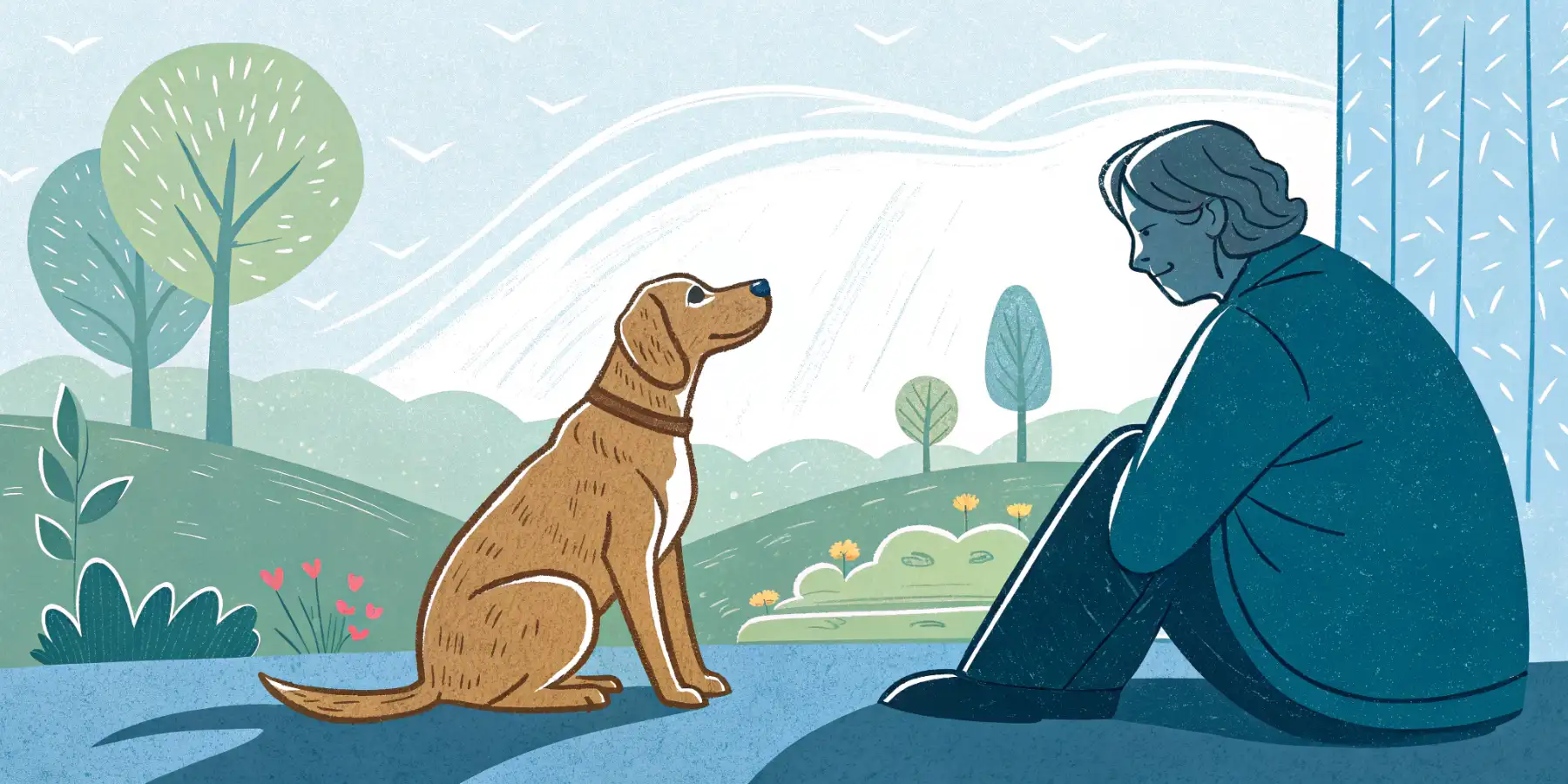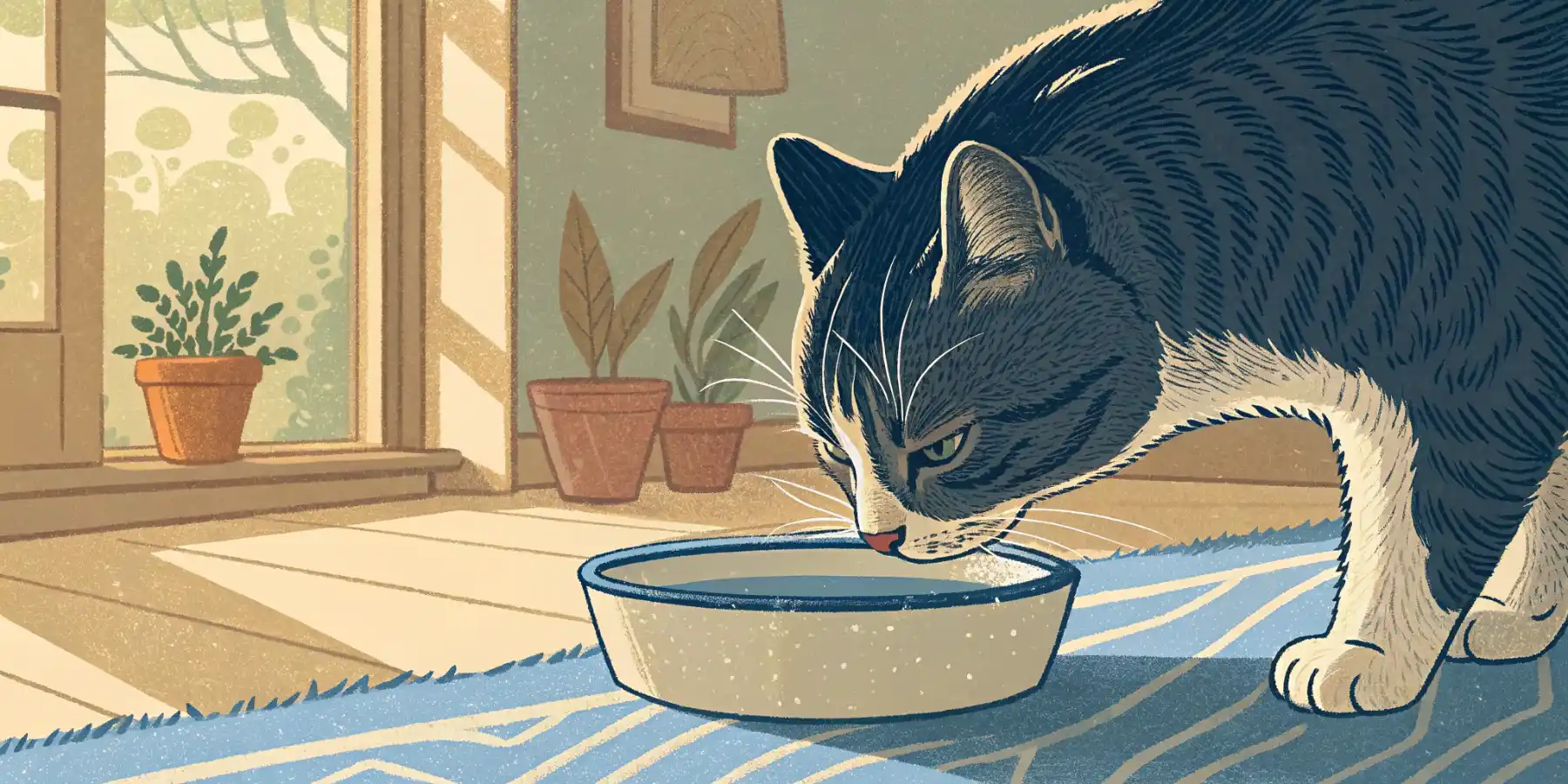
Older Cat Hydration: Tips for Thirsty Felines
Is your *senior cat* thirsty? Learn easy tips to boost their *hydration* and keep them healthy! Click for happy, hydrated felines.
Hydration is Key: Encouraging Water Intake in Older Cats
As our feline companions gracefully age, their needs change, and it’s our responsibility as loving pet parents to adapt and provide the best possible care. One of the most crucial, and often overlooked, aspects of senior cat care is ensuring adequate hydration. Dehydration in older cats can lead to a myriad of health problems, from kidney disease to constipation, so it’s vital to be proactive about encouraging water intake.
I believe that preventative care is the best care, and maintaining proper hydration falls squarely into that category. It’s easier to prevent dehydration than to treat it once it’s become a problem.
Why Older Cats are Prone to Dehydration
Several factors contribute to an increased risk of dehydration in older cats:
- Decreased Thirst Drive: Just like humans, cats’ sense of thirst diminishes with age. They simply don’t feel the urge to drink as often.
- Kidney Disease: Chronic kidney disease (CKD) is common in older cats, and one of its primary effects is an increased output of dilute urine, leading to dehydration.
- Mobility Issues: Arthritis or other joint problems can make it painful for older cats to reach their water bowl, especially if it’s located in a less accessible spot.
- Dental Problems: Sore gums or teeth can make drinking uncomfortable, discouraging them from hydrating adequately.
- Medications: Certain medications can have a diuretic effect, increasing urination and potentially leading to dehydration.
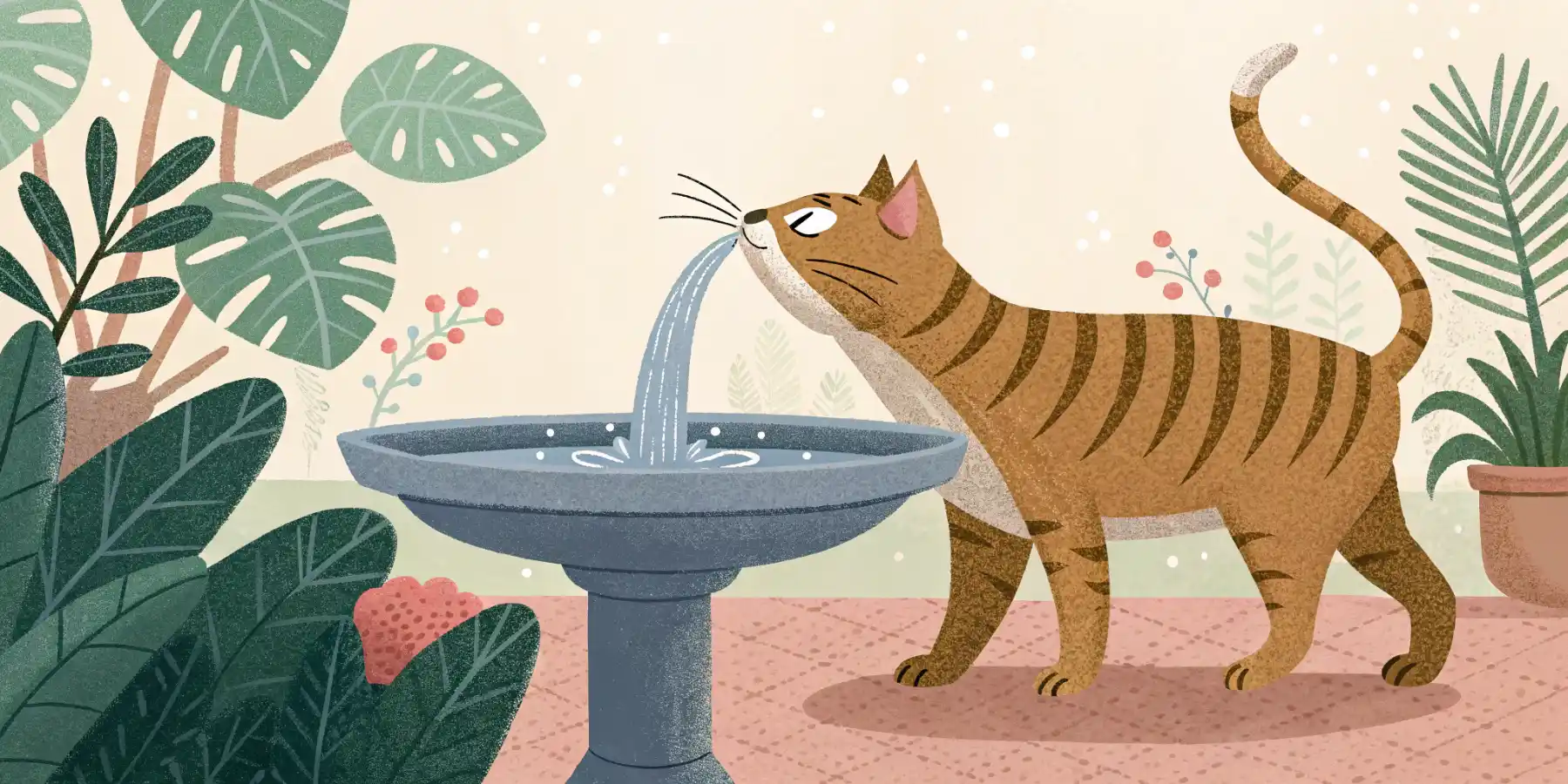 Caption: A senior cat enjoying fresh, flowing water from a pet fountain. Providing fresh water is a great way to encourage hydration in older cats.
Caption: A senior cat enjoying fresh, flowing water from a pet fountain. Providing fresh water is a great way to encourage hydration in older cats.
Signs of Dehydration in Older Cats
Knowing the signs of dehydration is crucial for early detection. Look out for:
- Lethargy: A decrease in energy levels and general sluggishness.
- Sunken Eyes: Eyes appearing more deeply set than usual.
- Dry Gums: Gums that feel sticky or dry to the touch, rather than moist.
- Skin Tenting: Gently pinch the skin at the back of the neck. If it doesn’t snap back quickly, your cat may be dehydrated. However, this test can be less reliable in older cats who have lost skin elasticity.
- Constipation: Hard, dry stools can be a sign of dehydration.
- Loss of Appetite: Dehydration can contribute to a decreased appetite.
If you suspect your cat is dehydrated, consult your veterinarian immediately. They can assess your cat’s condition and recommend appropriate treatment.
Practical Tips to Increase Water Intake
Now, let’s get down to the nitty-gritty: how can you actually encourage your older cat to drink more water? Here are some strategies that I’ve found effective:
- Multiple Water Sources: Place water bowls in multiple locations throughout your home, especially in areas where your cat spends a lot of time. This makes water easily accessible, no matter where they are. I recommend placing a bowl near their favorite napping spot and another near their food. Consider using different types of bowls – ceramic, stainless steel, or glass – to see which your cat prefers. Some cats dislike the taste of water from plastic bowls.
- Fresh, Clean Water: Cats are notoriously picky about their water. Change the water in their bowls at least twice a day to ensure it’s fresh and appealing.
- Water Fountains: Many cats prefer running water. A pet water fountain can entice them to drink more by providing a constant source of fresh, filtered water. Make sure to clean the fountain regularly to prevent bacterial growth.
- Wet Food: Canned food has a much higher moisture content than dry kibble. Switching to a wet food diet, or supplementing dry food with wet food, is an excellent way to increase your cat’s overall fluid intake.
- Flavor the Water: Try adding a small amount of low-sodium chicken or tuna broth to the water to make it more appealing. Be sure to use a broth that is specifically formulated for pets to avoid harmful ingredients like onions or garlic.
- Elevated Bowls: If your cat has arthritis or neck pain, raising the water bowl can make it easier and more comfortable for them to drink.
- Ice Cubes: Some cats enjoy playing with and licking ice cubes. Add a few ice cubes to their water bowl, especially on warm days.
- Monitor Water Intake: Pay attention to how much water your cat is drinking each day. If you notice a significant decrease, consult your veterinarian. You can also use a measuring cup to track the amount of water you put in the bowl and then measure what’s left at the end of the day.
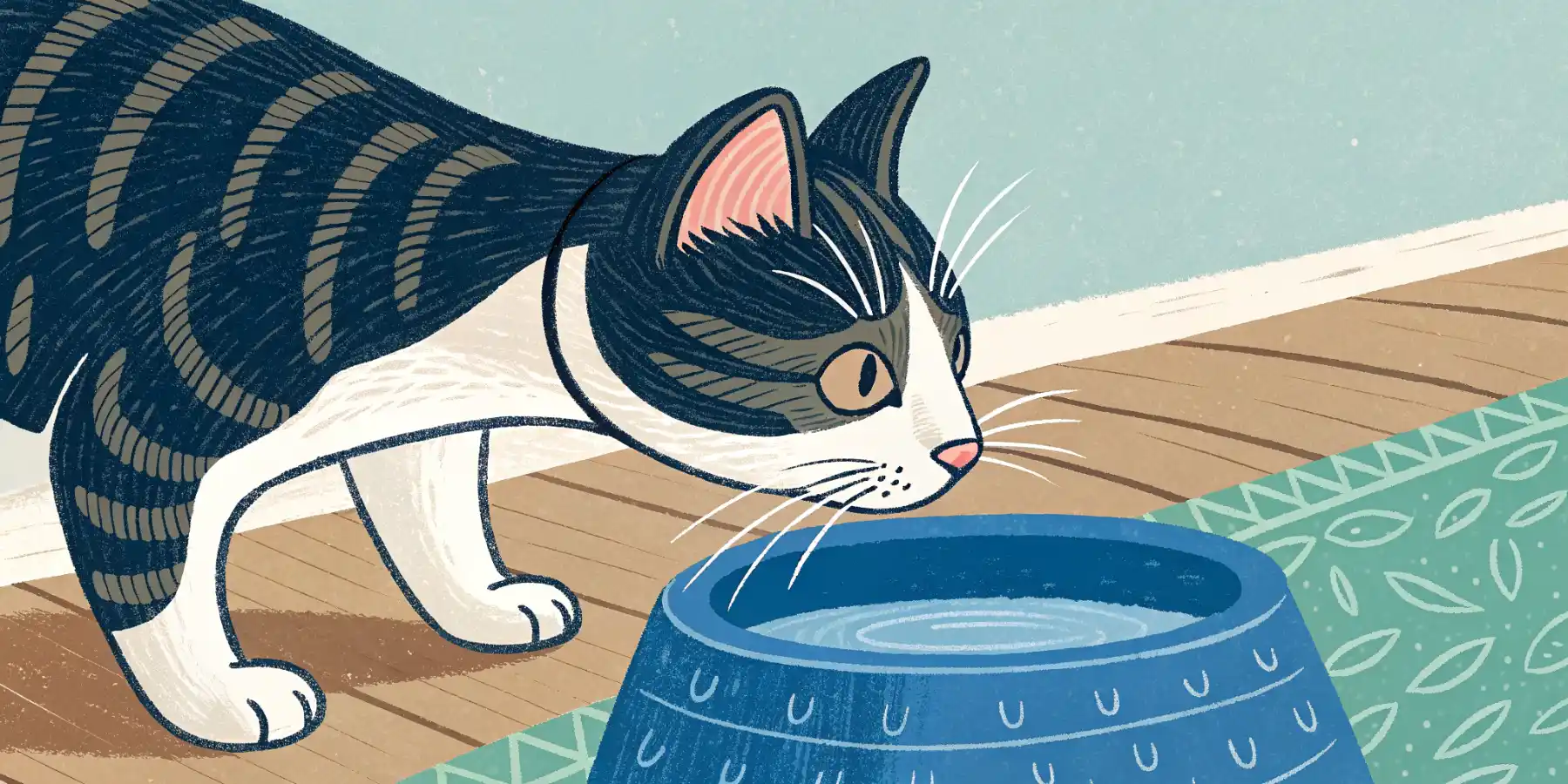 Caption: A cat drinking from a water bowl. Ensure fresh water is always available to encourage your cat to drink more.
Caption: A cat drinking from a water bowl. Ensure fresh water is always available to encourage your cat to drink more.
When to See a Veterinarian
While these tips can be helpful, it’s important to remember that dehydration can be a sign of an underlying health problem. If your cat is showing signs of dehydration, or if you’re concerned about their water intake, schedule a visit with your veterinarian. They can perform a physical exam, run blood tests, and determine the underlying cause of the dehydration.
In my experience, early detection and intervention are key to managing age-related health issues in cats. Don’t hesitate to seek professional veterinary advice if you’re concerned about your cat’s well-being.
The Importance of Regular Veterinary Checkups
Regular veterinary checkups are essential for senior cats. Your veterinarian can monitor your cat’s overall health, identify potential problems early, and recommend appropriate preventative care, including strategies to maintain proper hydration.
During these checkups, discuss any concerns you have about your cat’s drinking habits, appetite, or energy levels. Your veterinarian can also assess your cat’s kidney function and check for other health conditions that may contribute to dehydration.
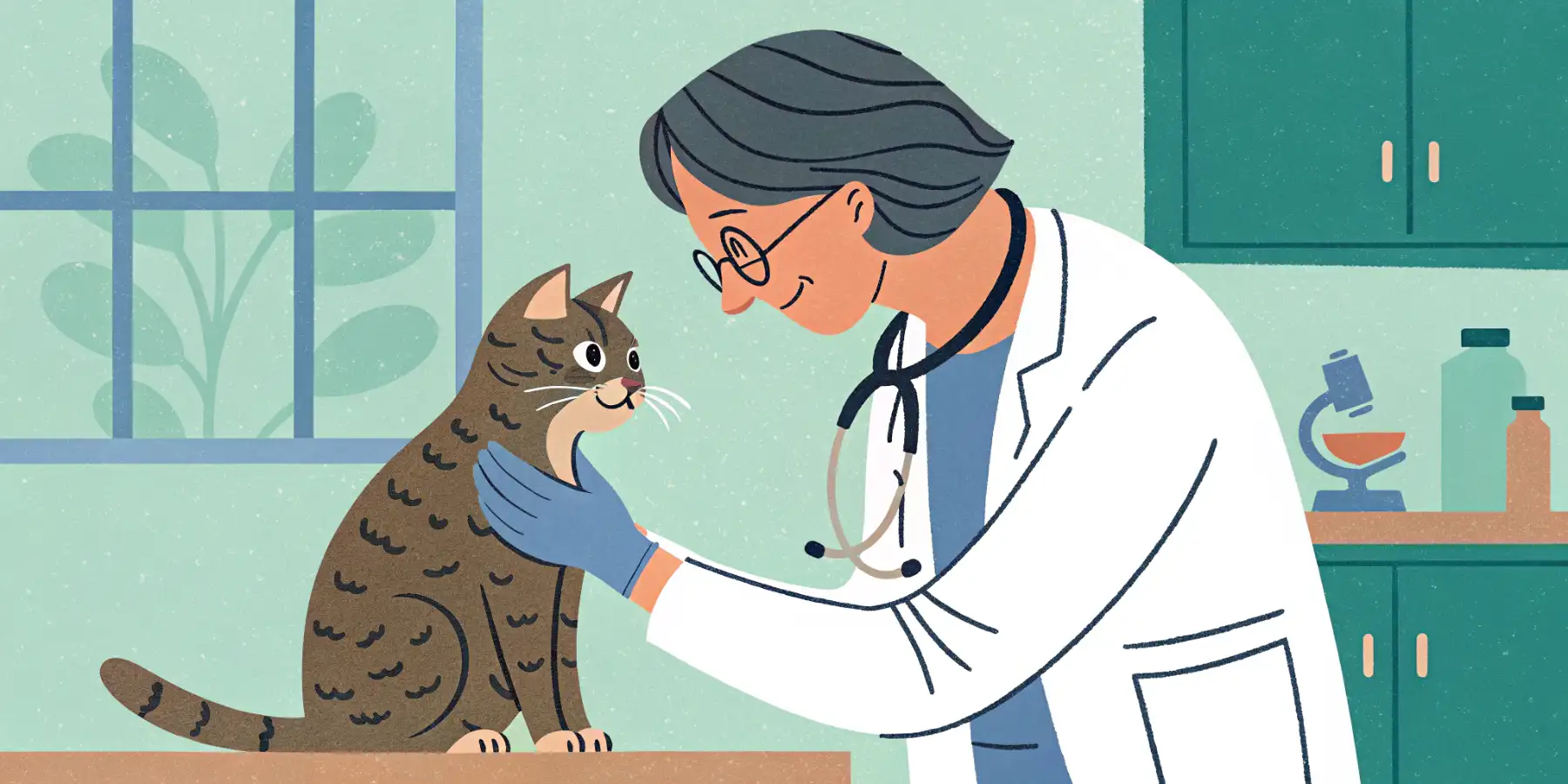 Caption: A veterinarian examining a senior cat during a checkup. Regular checkups are crucial for maintaining your cat’s health and addressing any concerns.
Caption: A veterinarian examining a senior cat during a checkup. Regular checkups are crucial for maintaining your cat’s health and addressing any concerns.
Conclusion
Maintaining adequate hydration is a critical aspect of caring for older cats. By understanding the risks, recognizing the signs of dehydration, and implementing practical strategies to encourage water intake, you can help your feline friend live a longer, healthier, and happier life. Remember, small changes can make a big difference in your cat’s well-being. Don’t underestimate the power of fresh water, a comfortable drinking environment, and a proactive approach to hydration! And if you’re worried about how to increase water intake in older cats with kidney disease, be sure to consult with your vet for a personalized plan.
